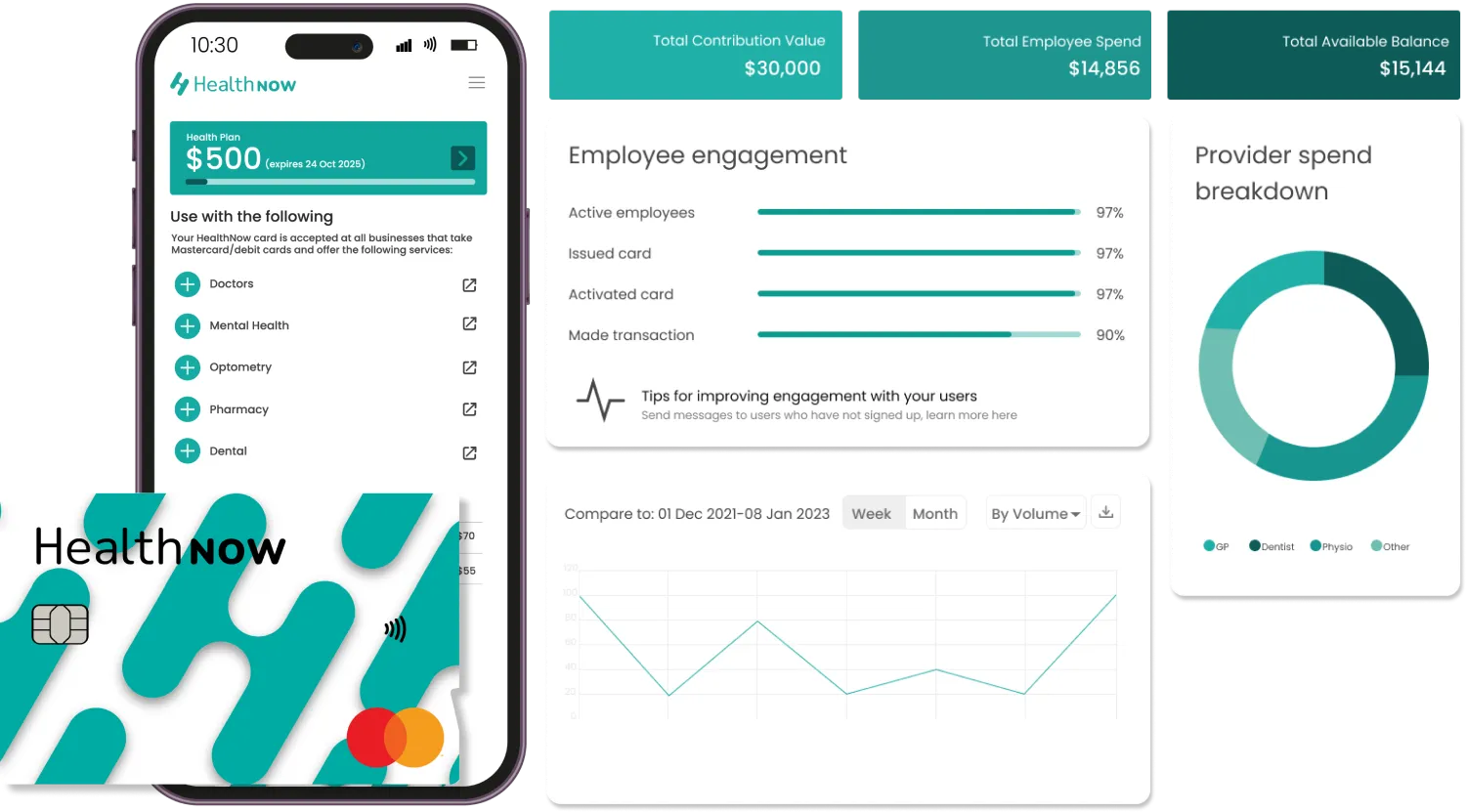Staff recruitment is expensive. In a survey of over 1,500 human resources professionals across ANZ found that it costs organisations a staggering $18,982 on average to hire one employee through a recruitment agency. With private internal efforts, after the salaries of your recruitment team, any referral bonuses, advertising costs and any recruitment software, you can still expect to pay between $3000 and $5000 according to Employment Hero – and that doesn’t include the costs of onboarding and training that occur in the first few weeks to follow.
With an expensive recruitment process – and historically low unemployment rates that are likely driving the costs even higher with fewer eligible candidates on the job market – it’s more important than ever to be streamlining your recruitment process and avoiding key recruitment mistakes – one of which is overlooking the value that employee benefits can offer, and instead offering the ‘wrong’ – or less desired – ones.
Five Top Recruitment Mistakes
- According to LinkedIn, one of the top mistakes is equating a person’s education and experience with their skills. While fancy schooling, internships and roles at well-known companies may look impressive on a resume, it doesn’t mean they’re going to be the right person for your job – or have the base skills to fill your requirements and complete the role successfully. Instead, it is recommended to do some form of skills assessment prior to or during an interview, so you can stop expending time and resources on a candidate that clearly has other areas of interest and where their skills do not successfully cross over.
- The next mistake is not being clear enough in your job descriptions, according to Indeed.com. With a lack of potential candidates in the job market, it may be tempting to ‘play it safe’ and cast a wide net by writing more vague job descriptions to broaden the interest pool and increase the likelihood of filling the role. Unfortunately, in most cases this ambiguity will just increase your hiring costs by making your HR or admin team look through many more CVs of unsuitable candidates and ultimately finding that the “right” candidate is the same one that would have also responded to your clear and succinct job description that includes everything from all primary duties and responsibilities to the working conditions and even the company values.
- The next mistake is rushing the recruitment process. Yes, the recruitment market is tougher at present. And yes, making the hire faster will save you costs and get your new employee on your team and perform the role. However, rushing a hire (and having them go through the training that follows) only to later realise that they weren’t quite the right fit – whether it’s their attitude or what they want from a longstanding career – significantly increases your risk of having to repeat the entire hiring process in a much shorter time frame – along with the productivity loss that it brings. According to MindTools, it’s better to arrange for an external contractor to cover the role until you’ve found the most suitable person that you’re happy with.
- Passing on “overqualified” candidates. This is another recommendation from LinkedIn, who warns against instantly dismissing candidates who seem too good to be true for the role – or that you presume you won’t be able to offer a stimulating, enjoyable or challenging work environment because their experience or qualifications far exceed the role requirements you’re seeking. The reality is that in this day and age, “overqualified” candidates may choose to look at more junior roles for a variety of reasons – like feeling burnt out in their previous role, or perhaps your company’s hybrid workforce policy holds greater appeal than a more senior title and all the responsibility it bears. In many cases, experienced candidates will be quicker (and less costly) to train, will require less supervision, and can quickly become an asset to a manager or employer.
- Not recognising the power of employee benefits – both in the hiring process and in retention, morale, satisfaction and more. Having personalised employee benefits that serve to improve your employee’s quality of life, health and well-being can be a very powerful drawcard that can support your employee through every stage of their employment with you. From the recruitment process to daily productivity and satisfaction, it can even play a role when the employee is considering whether it’s time to find a new role. The key here is having benefits that go beyond the ‘norm’ – which these days include things like professional development allowances and hybrid work arrangements. The businesses who will benefit most will be the ones that think outside of the box – such as offering personalised employer aid payments that allow employees to access the health services that they want to make steps towards their health and well-being goals – instead of just relying on standard, limiting and “reactive” private health insurance plans.
Employer Aid With HealthNow
Employer aid works by designating a set amount of funds to each employee annually (decided by you) that is to be used specifically for health and wellness purposes. Accessing these funds works much in the same way as a digital bank account, presented as a digital card on your phone, and being accepted at any eftpos terminal where Mastercard is accepted.
As an employer, you can grant access to the entire HealthNow suite of health providers and services – or limit certain services as you see fit. This gives you the confidence of knowing that the funds can only be used for health-related services and appointments while giving your team the control and independence that is well appreciated by employees. You even get a breakdown of how the funds were spent overall within a year – meaning that you gain vital information and insight that can help guide future wellness initiatives that will be well received, instead of those that will be left unused and unappreciated. Any funds that are unused within the allocated year are not charged.
The beauty of employer aid payments is that you’re also showing your employees your trust and dedication to their health by enabling them to control how they care for their health. They are free to focus on proactive measures, without being limited to the strict terms and conditions, exclusions, or policies enforced by private health insurance providers that don’t acknowledge a person’s unique circumstances – and typically only cover “reactive” care when they’re already unwell, instead of proactive care that supports them in building and maintaining their health and well-being.
Ultimately, this means that your staff don’t need to endure lengthy delays to accessing healthcare services or be out of pocket during the significant stand-down periods that health insurance often comes with – a cost that many simply can’t afford under the current cost of living conditions. With delays in seeking treatment often being associated with poorer health outcomes or delayed diagnoses, this can have a big impact on a person’s well-being – and their work performance, absenteeism and presenteeism rates, and overall satisfaction.
Ready to take the next step to retaining (and attracting) healthy, happy employees? Get started with HealthNow today.







